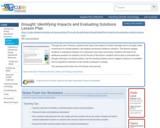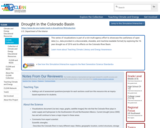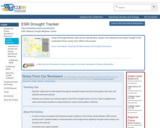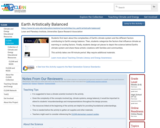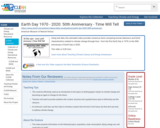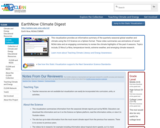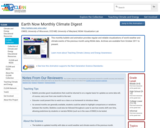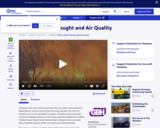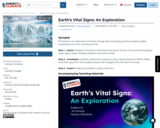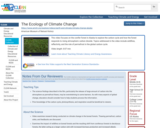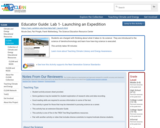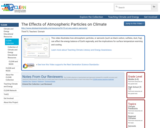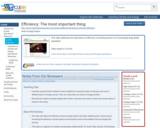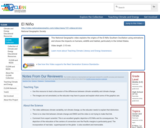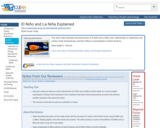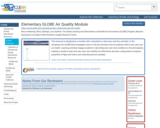SYNOPSIS: This lesson is an exploration of climate change data, including greenhouse gases, global temperature, ice melt, and sea level rise.
SCIENTIST NOTES: This lesson lets students explore almost real-time data on the ways human-caused global warming is disrupting different earth systems. All of the external links use the highest quality data available and are considered reputable sources. This lesson has passed our science quality assessment.
POSITIVES:
-This lesson is all about curiosity and exploration. Students make meaning from all of this data collectively. This should be a very social activity as students share noticings, wonderings, and realizations with each other.
-This can be a very hands-off lesson, as students guide their own learning and discussion.
ADDITIONAL PREREQUISITES:
-You must copy the Student Slideshow, share it with your students, and grant them editing rights. They will be writing in the slideshow during the lesson.
-The data from these sources is always being updated.
-There are other greenhouse gases that students will not explore. These are the fluorinated gases, "a family of man-made gases used in a range of industrial applications." (Source: EU Commission)
DIFFERENTIATION:
-Seeing the extent of these numbers might cause feelings of anxiety, sadness, anger, despair, or surprise in some students. Make sure to remind them that those feelings are normal and natural. Sharing those feelings with the class usually helps students feel better. Encourage students to share their honest reactions.
-This exploration and these discussions might naturally lead into the “What can we do about it?” discussion.
-These graphs are all unsustainable. It might be useful to use these graphs to better explain the concept of sustainability to the students.
-Students should feel free to conduct research on their own to better understand their resources. For example, students can research sources of atmospheric nitrous oxide.
-It is a good thing if students have more questions leaving this class than when they entered.
